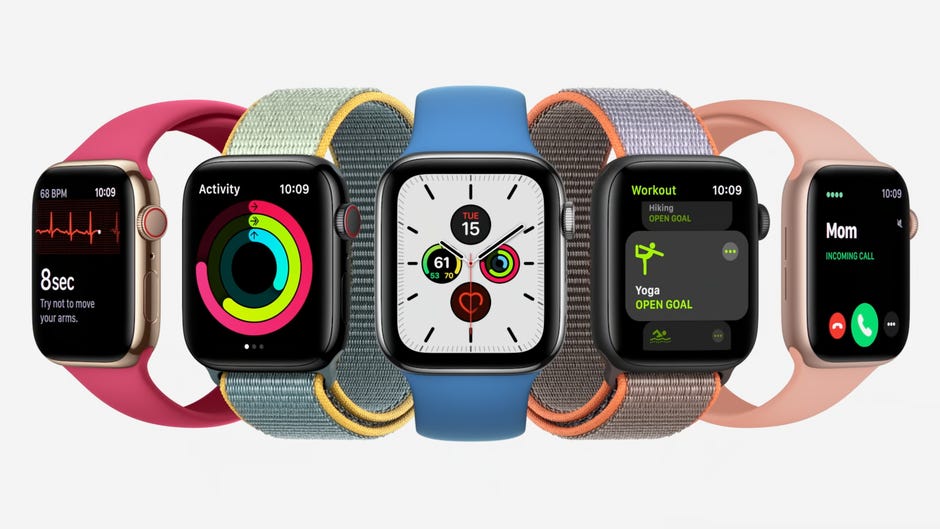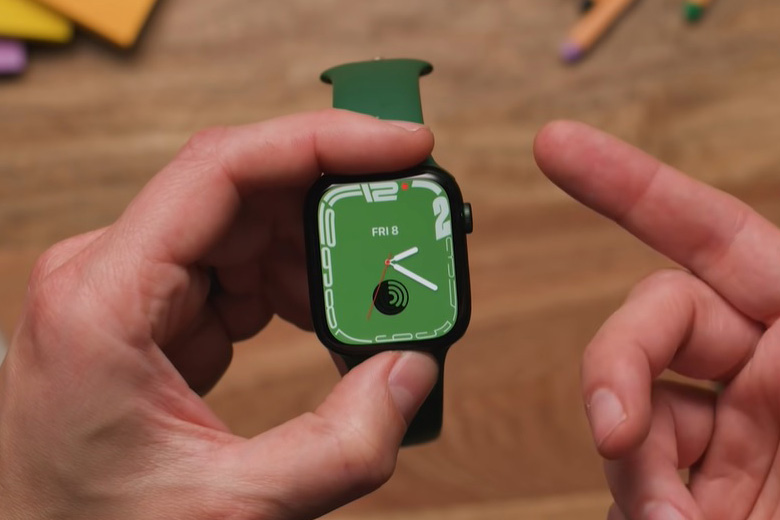

With new updates, Apple has added the ability to measure VO2 max in a lower range, which it says will be useful for those people who are using their watch to bring their fitness up from a lower level. But again Apple's scope – of its products, the number of its users and its ambitions – could rapidly accelerate that research, meaning that the sensor that is used for wellness today could one day become even more, precisely as a result of you buying and wearing it.īlood oxygen isn't the only new feature that aims to bring what has historically been a specialised and medicalised measurement onto the watch. There have already been indications that pulse oximetry could be used to spot such diseases, and a range of technology companies are working to understand whether their blood oxygen sensors might have any role in the fight against covid-19.

But perhaps most exciting for the future – and certainly most topical – is a study working with the Seattle Flu Study and the University of Washington School of Medicine to see whether heart rate and blood oxygen can be used to spot respiratory conditions including flu and covid-19. That research includes an asthma study working with University of California, Irvine, and Anthem and another looking at the relationship between metrics including blood oxygen and heart failure, working with the University Health Network and the University of Toronto. And backing what we can do with science is really important which is why we take the approach of research and want to go on this journey together with both our users and the medical community.” "It is meant for fitness and wellness purposes," says Desai. During the reveal of the watch, Sumbul Desai, Apple's vice president of health, announced that the company was not only integrating the blood oxygen sensor but launching three new studies to understand how it might be used. Those people who buy the new Apple Watch are participating in work that is heading towards that. As a measure of how well the blood is doing its job, it could be a key metric for predicting, sensing and living with a variety of medical issues. "It is a powerful signal about you and your wellbeing."īut pulse oximetry is an investment for the future. "Blood oxygen saturation reflects both the environment you’re in - whether you’re at high altitude for example - and how well your body is able to take oxygen in and deliver it through the blood," says Williams.

It was a bold claim for a company that prides itself on fundamentally having changed the way people communicate with the iPhone, and other advances, but if nothing else it was an indication of where Mr Cook's priorities are.

Tim Cook said in 2019 that – when people look back from an imagined future at the work his company did – he believed Apple's greatest contribution to mankind would be "about health". Measurements of the speed of a processor or battery life being displaced by measurements of heart rate and cardiovascular health. Those features – largely living in the background, and focused on people's wellbeing – became a key part of Apple's presentations. Over time, Apple highlighted some of those: its keynotes began to feature messages from people who had been alerted by the heart rate monitor to unusual readings, whose Watches had detected a fall and allowed them to call for help, whose ECGs had shown irregularities. It received clearance from the US Food and Drug Administration – the first time a smartwatch had done so – and Apple stressed that while many people might never require the feature, it could be vital for those who do.
Pulse oximeter apple watch 5 series#
With the introduction of the Series 4 in 2018, Apple added the ability to collect an electrocardiogram or ECG, a graph showing the precise workings of a person's heart.


 0 kommentar(er)
0 kommentar(er)
